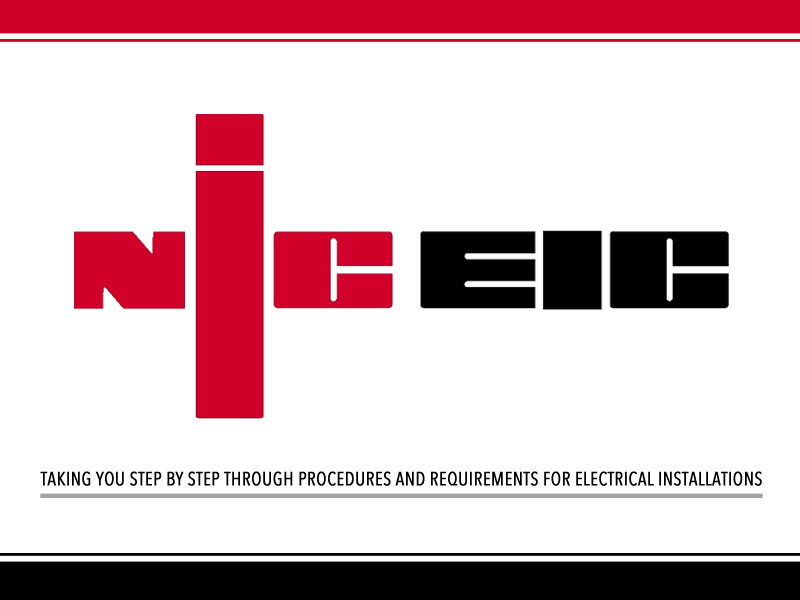
Heat Mat talks us through some of the weird and wonderful uses for its heating systems and identifies a few exotic applications for this growing technology.
Heat Mat’s underfloor heating systems can be found in conservatories, kitchens and bathrooms nationwide under a huge range of floor coverings, but it is the slightly more unusual properties that present an exciting challenge to the technical specification team.
Underfloor heating mats and cables
1. Churches
Church floors can be heated beneath pews and in sections where the choir sits. Heat Mat has even heated a pulpit to keep a priest’s feet warm.
2. Castles and period properties
Floors in historical properties and period houses can be heated with a number of underfloor heating systems depending on the floor covering and the ambient environment of the property, as guided by historical experts.
3. Zoos and animal enclosures
The floor of animal pens and enclosures can be heated to provide a temperature closer to their natural habitat.
Wall heating mats and mirror demister pads
Wall heating mats have conventional uses in bathrooms, en-suites and wet rooms or as a secondary heat source for new build properties.
1. Hotels and Spas
Mirror demisters will keep bathroom mirrors in hotels steam-free after showering or bathing, adding another dimension of luxury to guest accommodation at a relatively low cost. Wall heating mats, installed behind tiles, can be a safe alternative to radiators and heated towel rails in small spaces.
2. Yoga and dance studios
A combination of mirror demister pads can be installed in studios with mirrored walls to enable class members to see themselves throughout their practice, when otherwise condensation would form.
3. Luxury yachts
Heat Mat’s underfloor heating is fitted into a number of luxury yachts and now mirror demister pads are being specified for the million-pound boat bathrooms.
Roof and gutter heating
1. Schools
School entrances, sports halls, chapel roofs and bike sheds can be heated to prevent icicles forming and falling onto the ground below, or to prevent damage from the weight of snow.
2. Flat roofs at stately homes
The weight of snow build-up on flat roofs and moisture ingress can cause costly damage to properties so heating parts of the roof or gutters to allow snow to melt and drain away is essential. Gutters can also be heated using trace heating to keep the water flowing.
3. Large commercial roofs
The LG arena at the Birmingham NEC approached Heat Mat to heat their roof to prevent heavy snow building up, allowing additional AV equipment to be hung from the ceiling. This eliminated the need to reinforce or replace the roof, which would have cost the venue a huge sum due to temporary closure.
Trace heating
1. Temperature maintenance for potatoes!
If a part of a food production process must remain at a constant temperature then trace heating can be used. Trace heating can also be used for heating the irrigation systems or ground beneath vines at vineyards and in polytunnels.
2. Preventing condensation in factory ducts
Heat Mat specified trace heating to prevent condensation in metal ducts at a ceramic tile factory in Devon. The tiles were being produced from composite powder, this was travelling through cold metal ducts at 25°c creating condensation and causing blockages.
3. Snooker tables
The underneath of a snooker table can be heated using trace heating to warm the baize (green cloth) and ensure the balls do not slow down.
External heating cables in concrete, asphalt and more
1. Giant pebbles
A current commission at Heat Mat is heated pebbles for a Cornish sculptor. These sculptural seats have been to the Chelsea Flower show and will be used in public spaces as benches. To prevent the seats from being very cold in the winter, the pebbles are heated using a special In-screed cable.
2. Rail platforms and bus stops
Platforms, pavements and bus stops can be heated to prevent dangerous ice and snow forming and causing a risk to commuters and pedestrians, as part of winter health and safety measures.
3. Parking ramps and bays
Driveway heating can be installed into asphalt or beneath paving used for car parking slopes, ramps or driveways. To reduce power consumption and cost, it is possible to heat two tyre tracks for vehicle access in ice and snow.








